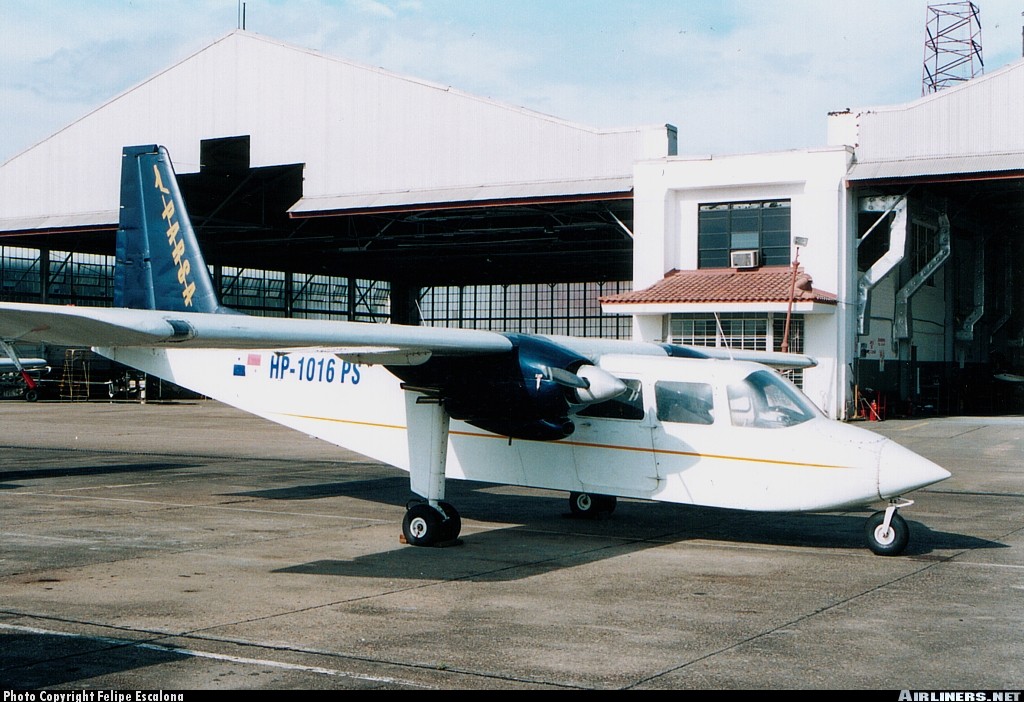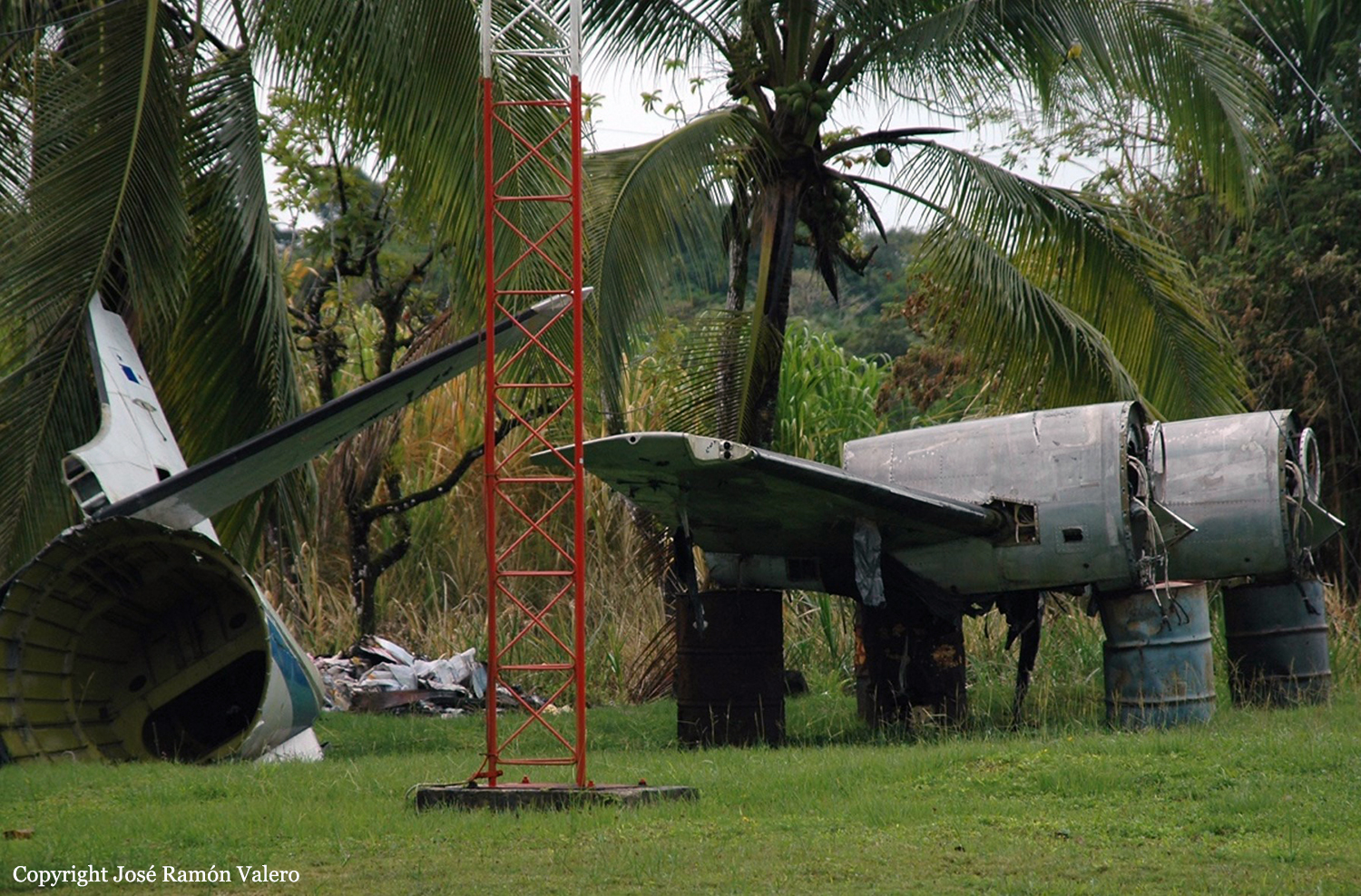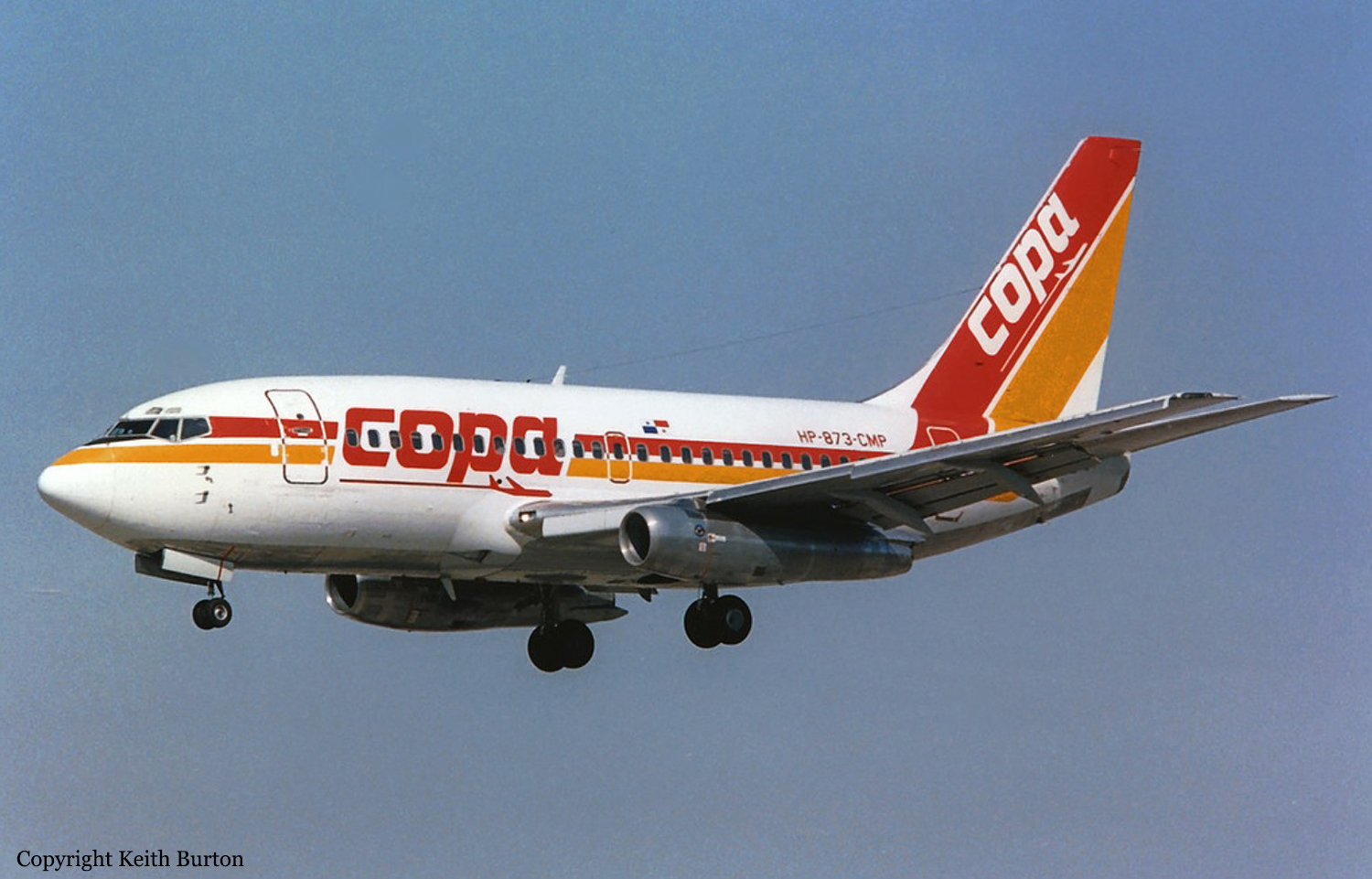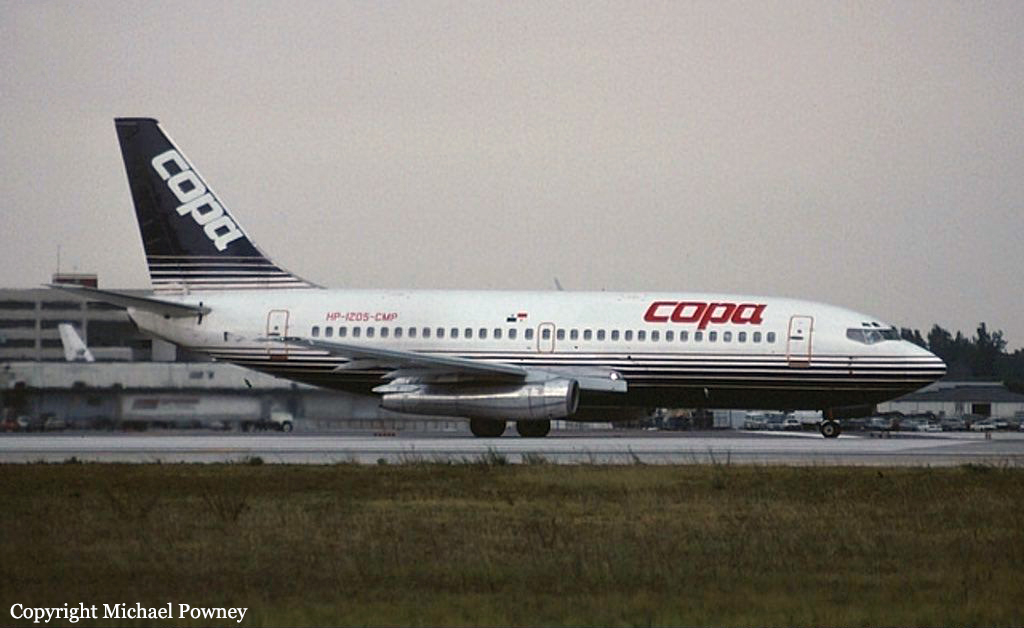Crash of a Britten-Norman BN-2A-27 Islander in Panama: 1 killed
Date & Time:
Dec 29, 2002 at 1606 LT
Registration:
HP-1016PS
Survivors:
No
Schedule:
Bocas del Toro – Panama City
MSN:
628
YOM:
1971
Crew on board:
1
Crew fatalities:
Pax on board:
0
Pax fatalities:
Other fatalities:
Total fatalities:
1
Circumstances:
The pilot, sole on board, was returning to his base at Panama City-Albrook Marcos A. Gelabert Airport after he dropped seven passengers in Bocas del Toro. En route, the twin engine aircraft was lost without trace. SAR operations were initiated but eventually suspended on January 8, 2003, as no trace of the aircraft nor the pilot was found.








